A new jaguar has was spotted in southern Arizona, becoming only the eighth documented in the southwest US since 1996, according to wildlife officials.
Jason Miller, a hobbyist wildlife videographer, captured the elusive predator on December 20 on his trail camera in the Huachuca Mountains. A camera caught the animal around 8.27pm when motion was detected at the bottom of the frame.
‘Five years ago I started running trail cameras for wildlife footage here in southern Arizona, hoping one day maybe I’d get a jaguar,’ Miller said in a video of the encounter that he posted on YouTube.
The Arizona Game and Fish Department has gone on to authenticate Miller’s jaw-dropping footage and have confirmed that it is a new jaguar spotted in the US.
Jaguar sightings are rare in the US as they have only been spotted in parts of Arizona, California, Louisiana, New Mexico and Texas, after they were eradicated from the country by the mid-20th century due to hunting and loss of habitat, AZ Central reported.
The wild cats were officially protected under the Endangered Species Act in 1977.
Jaguars originally evolved in North America before they moved to Central and South America.
The U.S. Fish and Wildlife Service has designated about 750,000 acres of critical protected habitat for the jaguars along the border in southern Arizona and New Mexico.
Authorities said Arizona jaguars are part of the species’ northern population, including Sonora, Mexico´s breeding population.
The animal can be spotted by their unique spots like that of human fingerprints, and compared to others that have been detected in the states, this is the first time this one has shown up.
‘I’m certain this is a new jaguar, previously unknown to the United States,’ said Russ McSpadden, a southwest conservation advocate at the Center for Biological Diversity.
‘After being nearly wiped out, these majestic felines continue to reestablish previously occupied territory despite border wall construction, new mines, and other threats to their habitat.’
The new video has confirmed that cat is not Sombra or El Jefe, two jaguars known to have roamed Arizona in recent years as Jaguar spots are unique to the particular animal.
Prior to the newest sighting, a third jaguar was also spotted in the same mountains in 2016 and was named Yo’oko, but was killed by a rancher in 2018 after he crossed into Sonara, California.
Sombra is still believed to be roaming the US and has been pictured multiple times in the Chiricahua Mountains since 2016.
It is unclear where El Jefe, who has also been dubbed ‘The Boss,’ was last seen in 2022 more than 100 miles south in Mexico.
Though the new jaguar’s sex is unclear, McSpadden predicted it is a male based on its roaming behavior.
An unidentified male jaguar was also detected roaming near the southern Arizona border in 2023 and was captured by Customs and Border Patrol.
McSpadden said: ‘It’s possible this is the same mystery jaguar.’
Female jaguars have not been spotted in the US since 1949 and are known to remain close to their original territory, while males travel freely and wander hundreds of miles.
‘It’s evidence that jaguars are tenacious and they are moving north, and they continue to reestablish territory here,’ Mcspadden said.
‘It’s also promising because they’re doing that despite a lot of threats. There’s a border wall, there’s habitat loss, new mines, roads and other developments.’
This article by Emma Richter was first published by The Daily Mail on 8 January 20243. Lead Image: A female jaguar in the Pantanal wetland in Brazil. Jami Tarris / Stone / Getty Images.
What you can do
Help to save wildlife by donating as little as $1 – It only takes a minute.
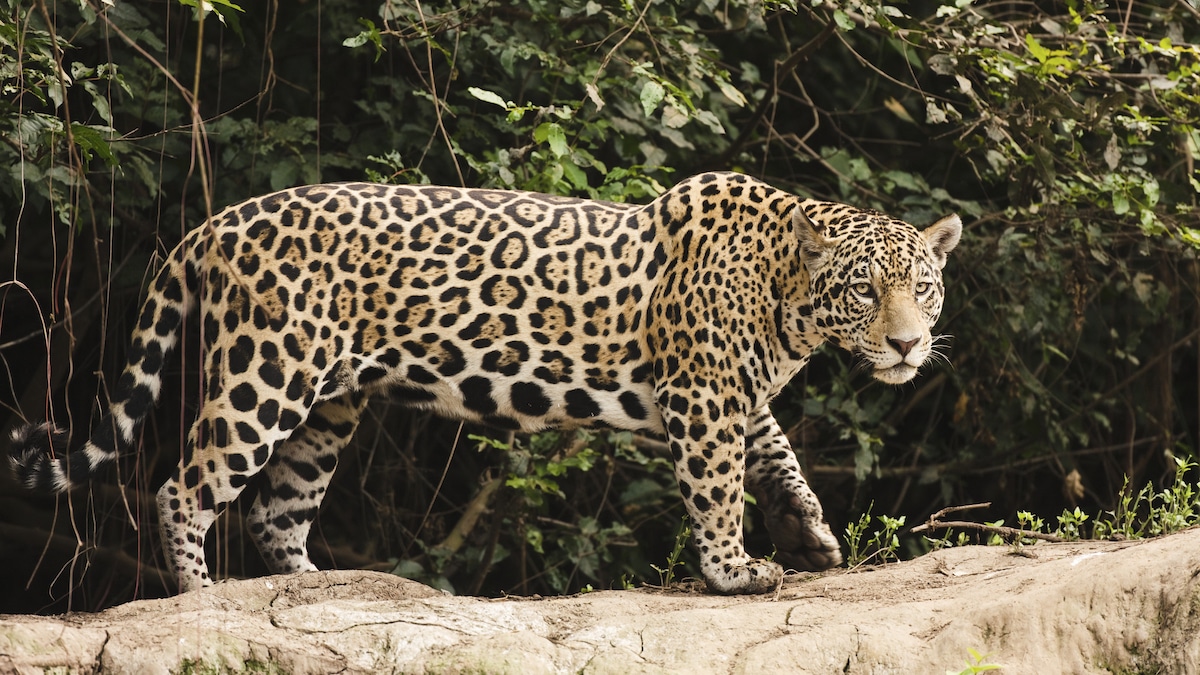
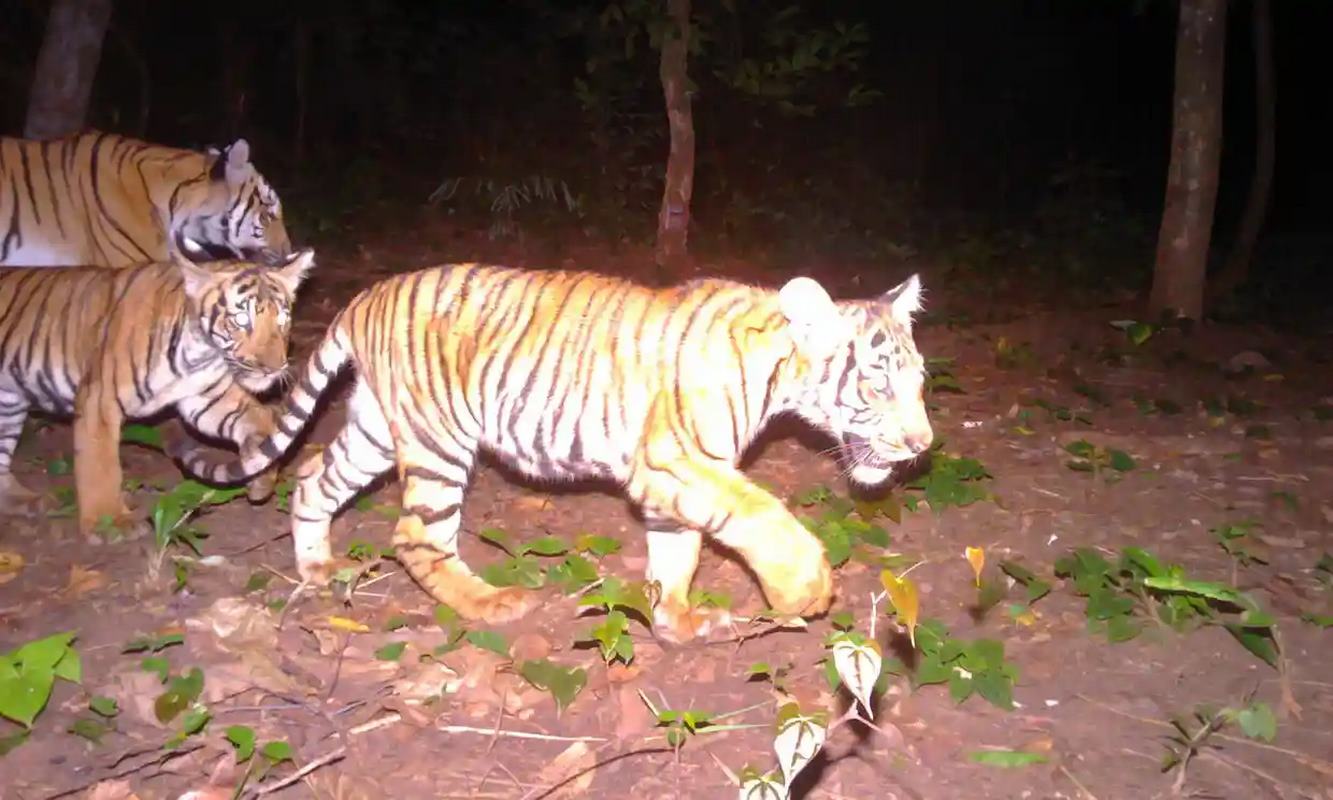
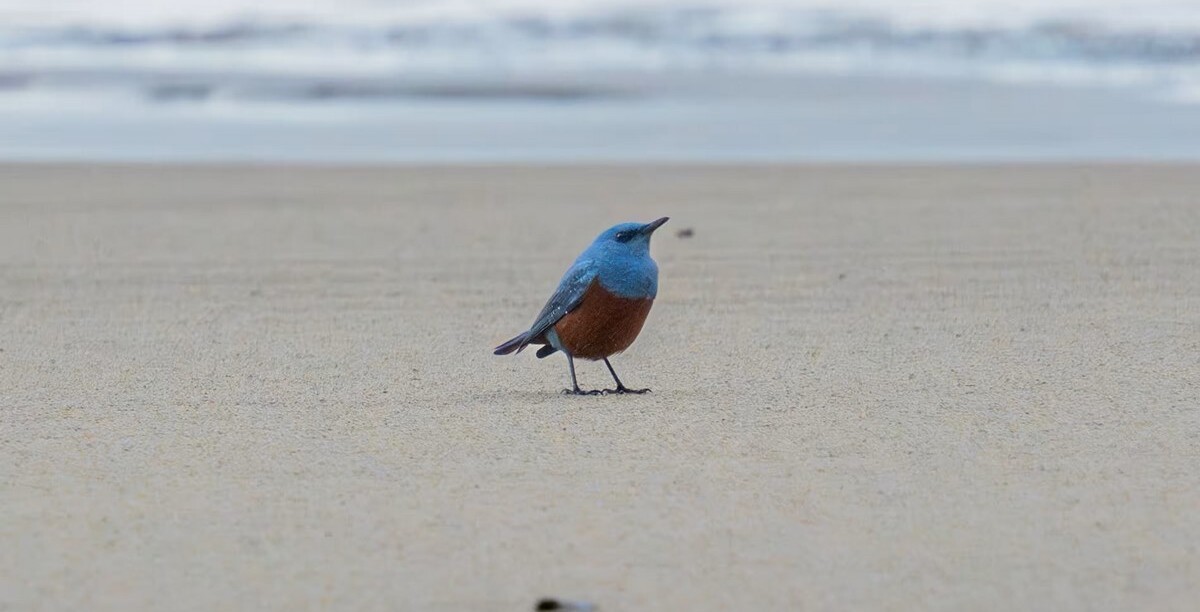

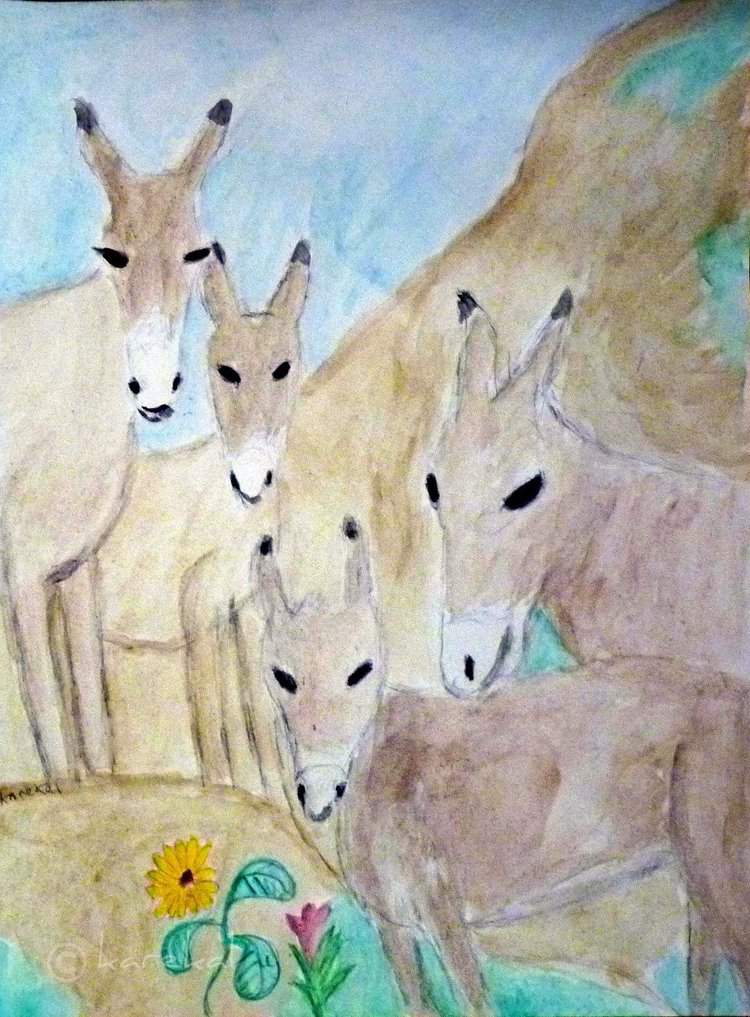
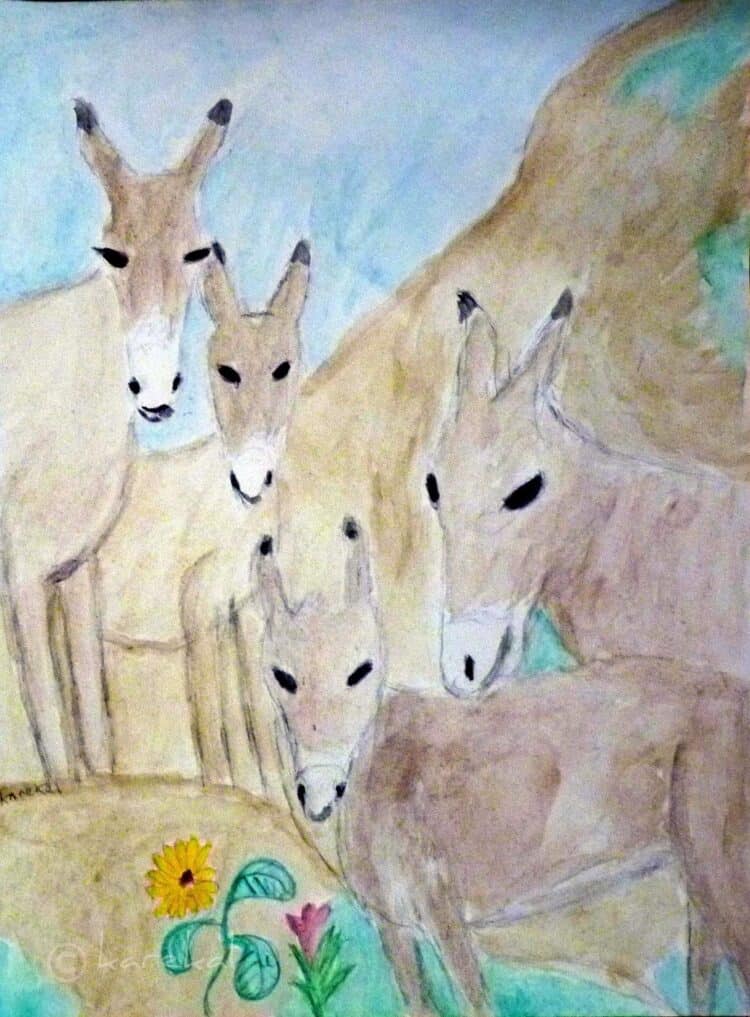
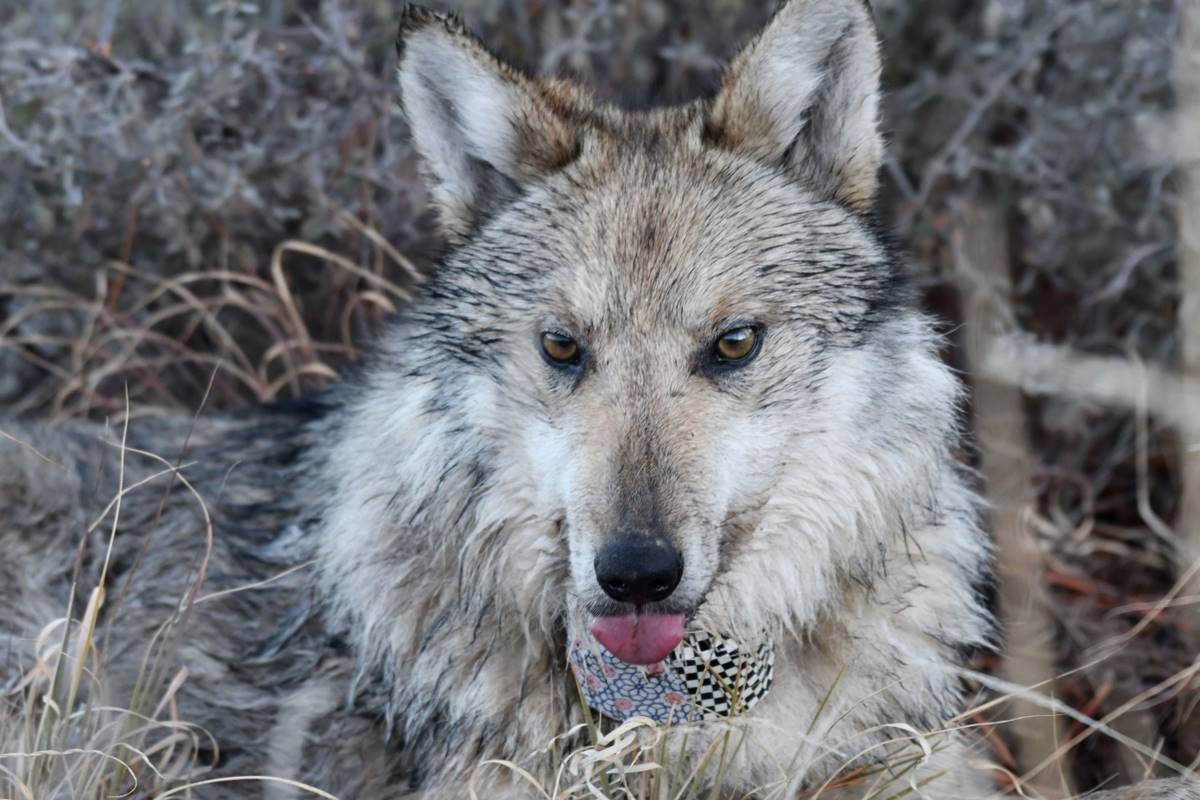
Leave a Reply